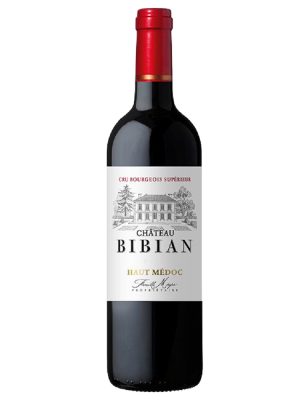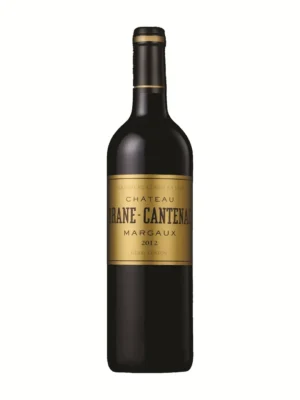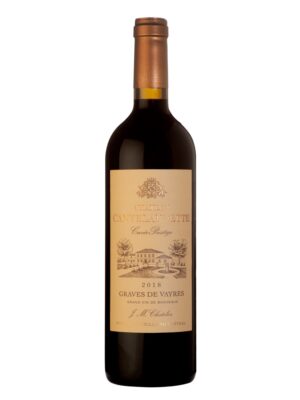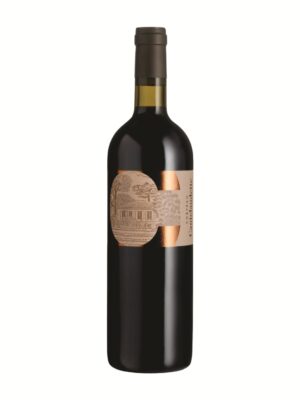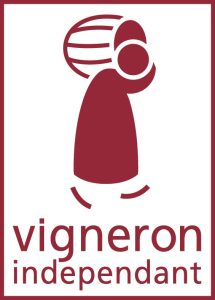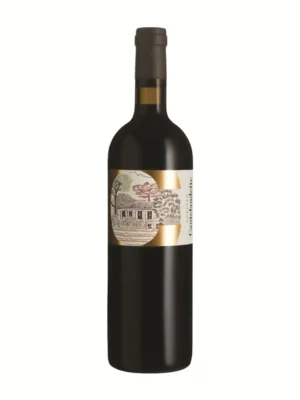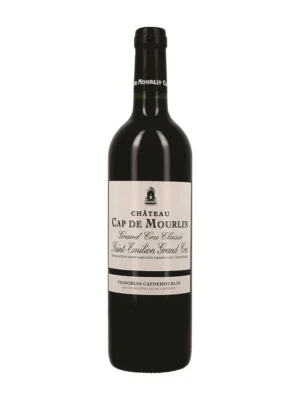Château Bénitey Saint-Émilion Grand Cru Classé AOC
Château Bénitey is located at the foot of the coast, east of Saint-Emilion, in the town of Saint-Laurent des Combes. It takes its name from a cross at the junction of the road above the vineyard, a cross reminiscent of that of a holy water font.
The area is 5 ha with vines whose average age is 40 years and the wine is usually composed mainly of 70% Merlot, aged for 10 months in French oak barrels (20 to 40% new).
VARIETALS
70% Merlot, 30% Cabernet Franc
VINTAGE
2020 (in wooden box of 6)


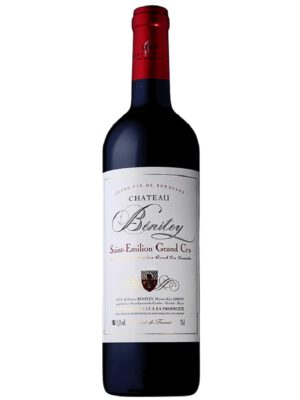
 Download Tasting Note
Download Tasting Note